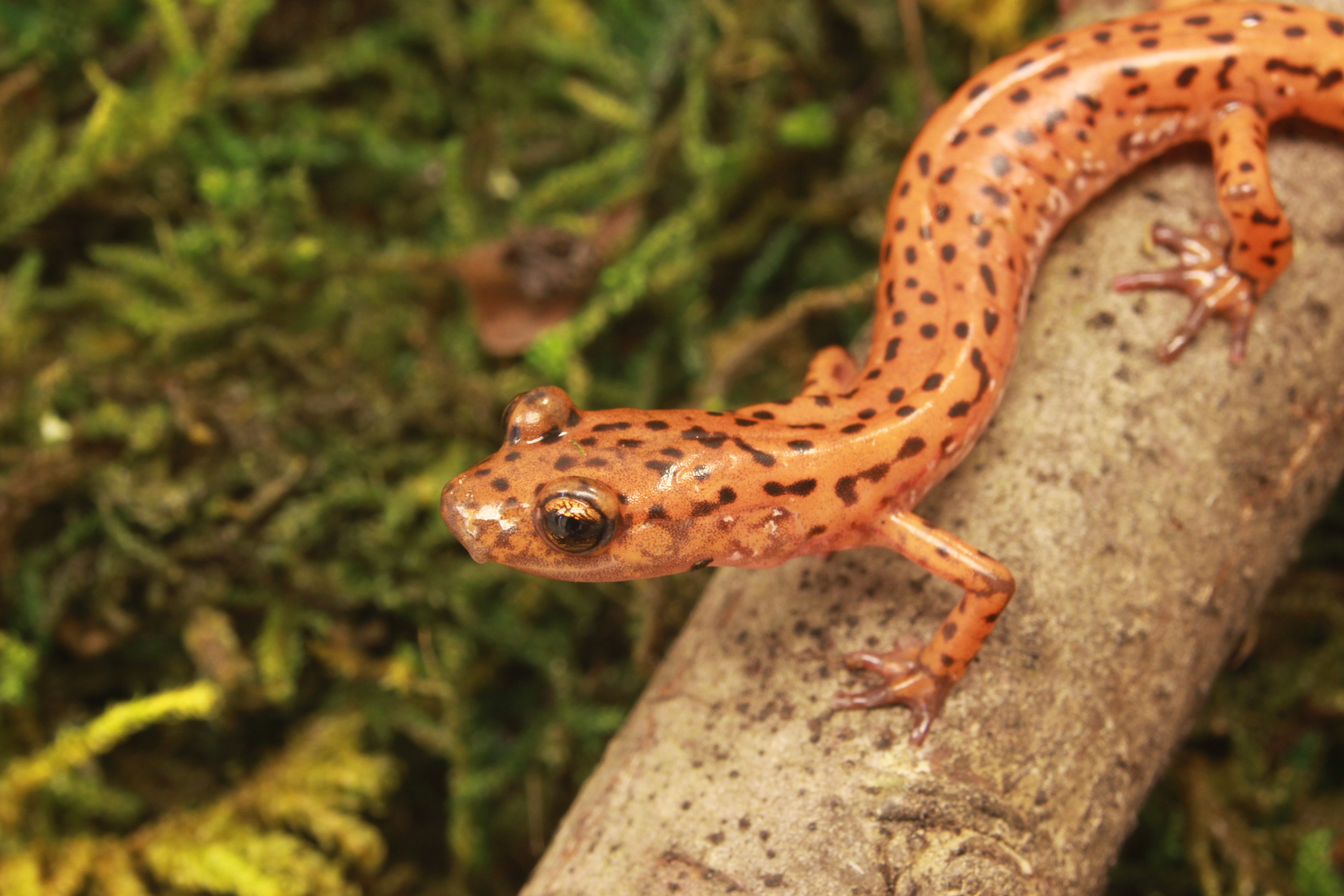“These foul and loathsome animals are abhorrent because of their cold body, pale color, cartilaginous skeleton, filthy skin, fierce aspect, calculating eye, offensive smell, harsh voice, squalid habitation, and terrible venom; and so their Creator has not exerted his powers to make more of them.” –Carolus Linnaeus (1758)
Herpetology is the study of amphibians and reptiles. The two groups are included under a single discipline because historically, they were considered “lower forms” and not worthy of detailed investigation. With further study came the realization that, although they share generalized morphological and physiological similarities, there are important differences between the class Amphibia and the class Reptilia. Chief among these is the relationship to moisture. Amphibians are constrained to wet or moist environments because their skin and egg membranes are permeable to water. Reptiles, on the other hand, are less dependent on water because they have a scaly waterproof skin and their eggs are protected by a thick shell.
Amphibians and reptiles account for almost half of extant tetrapod species. Within this group exists an incredible diversity of ecology, behavior, morphology and physiology. Currently recognized are over 4,500 extant species of amphibians divided into 41 families in 3 orders, and over 6,500 extant species of reptiles; 50 families in 4 orders.


